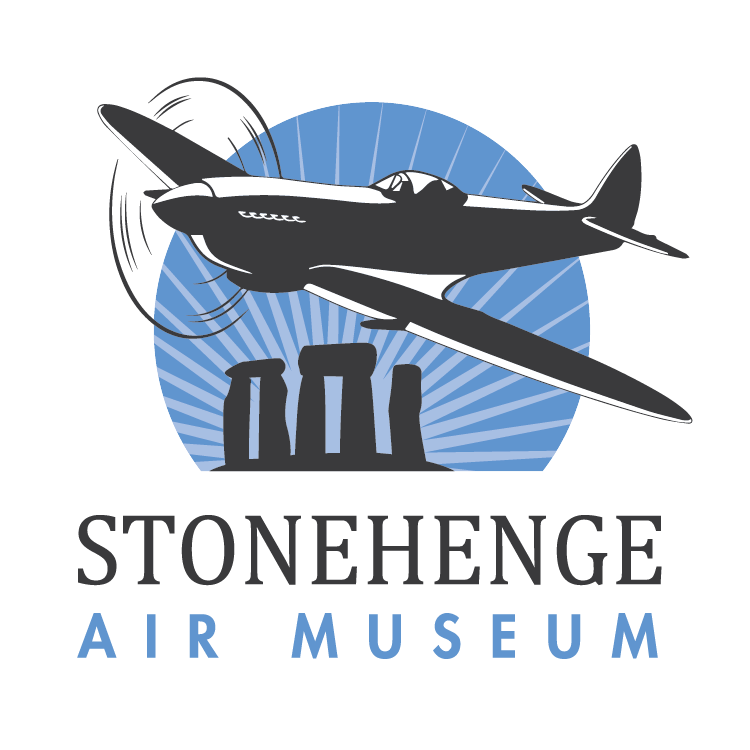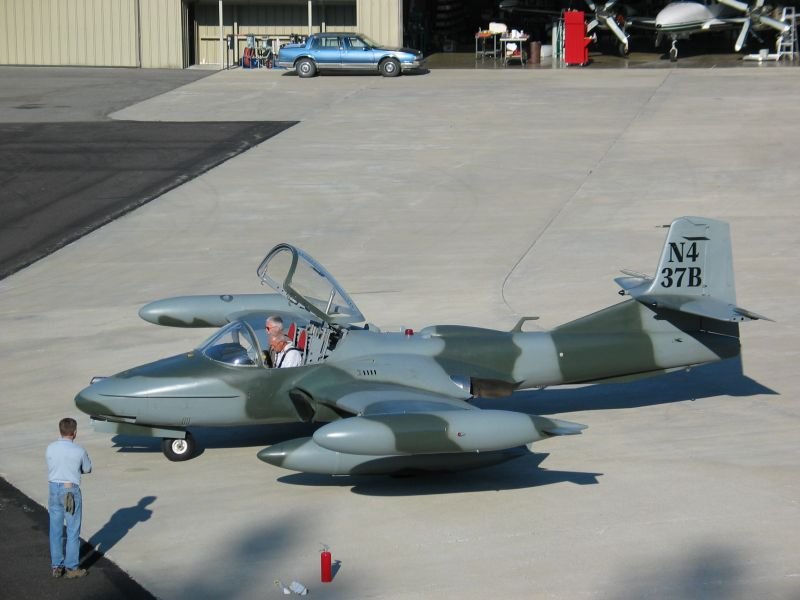1969 Cessna A-37B “Dragonfly”
Named the “Dragonfly” (although most pilots called it the “Super Tweet”), the A-37A light attack aircraft was developed from the T-37 “Tweet” basic trainer in the 1960s and 1970s. Following an evaluation program known as “Combat Dragon”, the USAF ordered A-37Bs which had cockpit armor, more powerful engines, redundant flight controls, provision for aerial refueling and a strengthened airframe capable of pulling 6gs. Other modifications included stronger wings, additional pylon stores, and larger wingtip fuel tanks. A 7.62 mm “Minigun” Gatling-style machine gun was fitted along with gun-sight and gun- camera. Better avionics for battlefield communications, navigation, and targeting were added along with tougher landing gear for rough-field operations.
To offset the increase in aircraft weight Cessna doubled the engine power by replacing the Continental J-69 engines with General Electric J85-17A engines, each providing 2,850 lb of thrust. These engines were canted slightly outward and downward to improve single-engine handling. Air commando pilots had found single-engine cruise an effective means of improving their flight endurance. The increased thrust meant that the aircraft could increase its max loaded takeoff weight to a hefty 14,000 lbs., over half of which could be carried as external stores. In practice, the A-37B usually operated with at least two and sometimes four under-wing fuel tanks to improve combat endurance.
The aircraft on display was accepted by the USAF on Nov 13, 1970 and assigned to the 930th Special Operations Group (USAF Reserves) Grissom AFB, IN. In Oct, 1972, it was dropped from USAF inventory with assignment to the Military Assistance Program and transferred to the South Vietnamese Air Force. With the fall of the South Vietnamese government in 1975, it was among the 95 A-37Bs which were abandoned by the VNAF and later used by the Communist Vietnamese People’s Air Force in missions against the South as well as over Cambodia during the communist Vietnamese invasion of that country. These “renegade” aircraft were phased out of Vietnamese service in the late 1970s or early 1980s, in all probability due to lack of spare parts. Some of the aircraft were shipped to Vietnam’s allies like Czechoslovakia, Poland, the Soviet Union and East Germany. Others, like this one, were sold to private foreign owners in Australia and New Zealand.
This aircraft was among the first three recovered from Vietnam’s Bien Hoa Air Base by Colin Pay, of Scone, N.S.W., Australia in 1989. Following the meticulous restoration conducted by Pay’s Air Service Ltd., Jim Smith acquired this aircraft from Pay in 1996.



